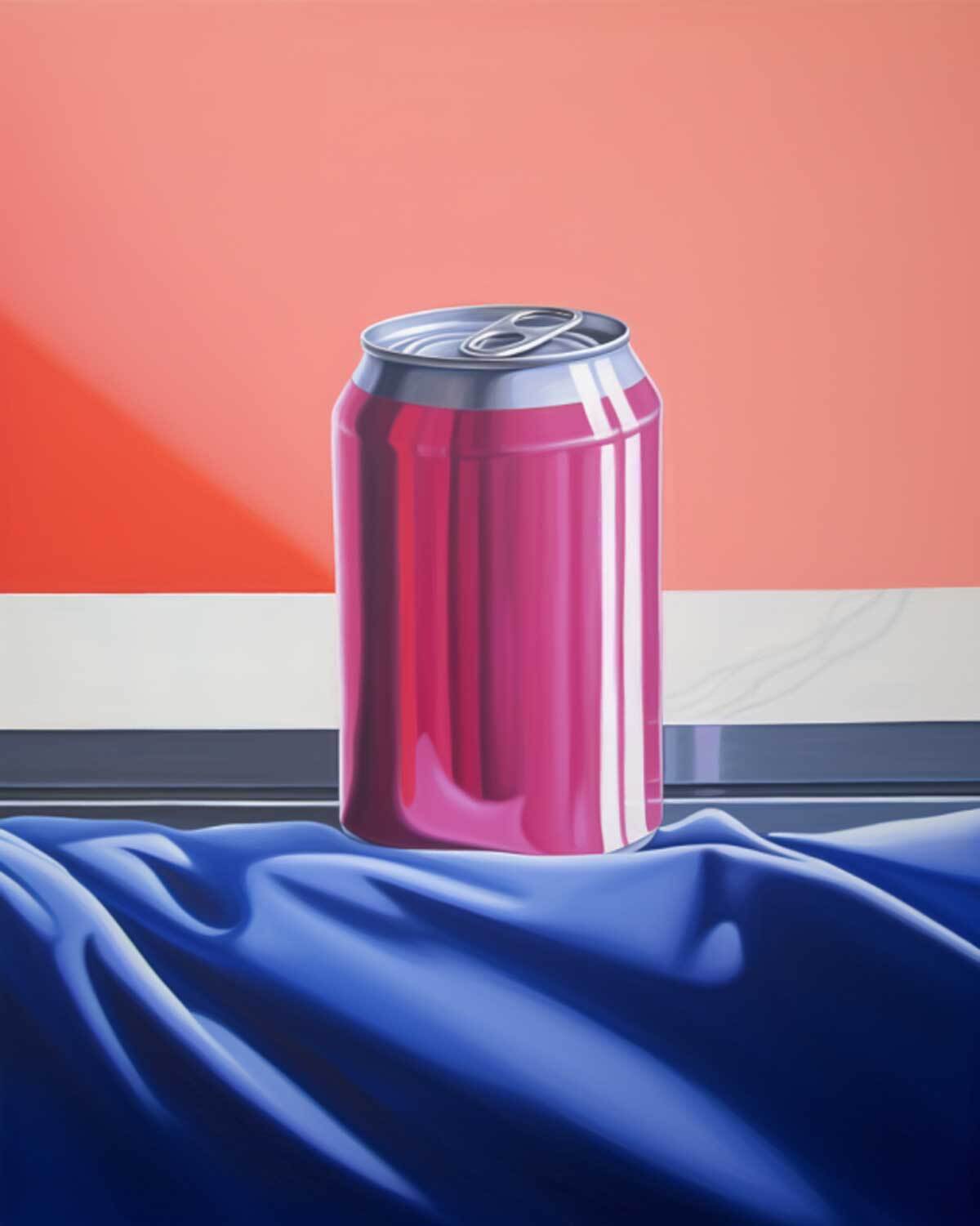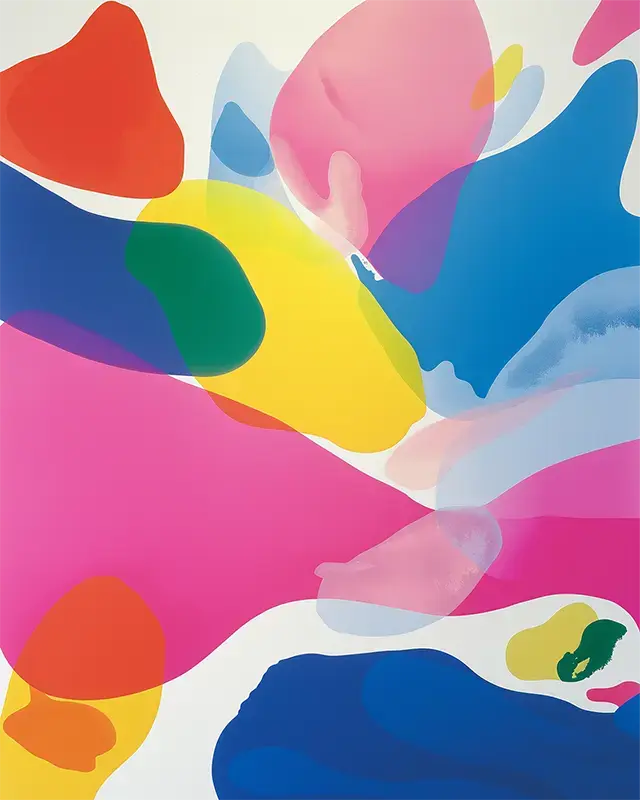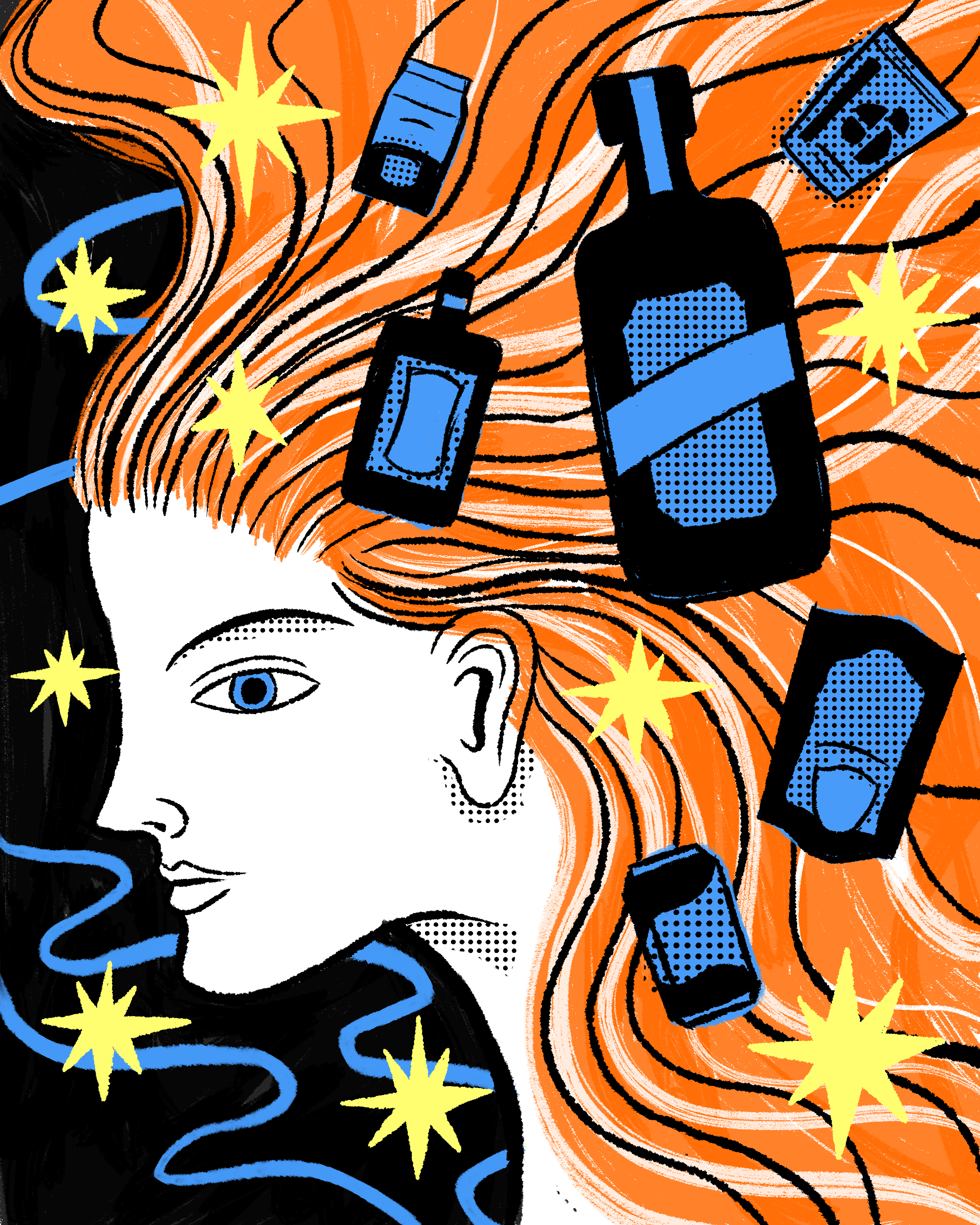
Design for Results: Why Effectiveness Trumps Aesthetics
As designers, we often take pride in the belief that our creative endeavors are the linchpin for our clients’ success. Our meticulously crafted visuals are hailed as the heroes, receiving accolades when our clients thrive, and sometimes shouldering blame if they falter. However, it’s time to demystify the narrative; the magic and allure of design are not a one-size-fits-all solution. While a stunning portfolio is undoubtedly a designer’s source of pride, it’s not the silver bullet for triumph in the beverage industry.
Agencies and designers must acknowledge that, although creativity is crucial, it’s not a miraculous cure-all.
Well-designed products alleviate one concern, but a brand’s success is ultimately measured by consumer reception and subsequent financial rewards.
While aesthetics can draw consumers in, success doesn’t always hinge on visual appeal. Take Tito’s Vodka, for instance. Despite its unassuming and arguably “unattractive” packaging, the plain cream label and humble typography defy conventional design norms. Tito’s has achieved remarkable success, selling almost 12 million cases in 2022, by focusing on differentiation rather than relying solely on visual aesthetics. The brand’s almost moonshine-esque look resonates with its American/Texas-made identity, creating a profound connection with its target audience. This unique approach has cultivated a loyal following, proving that design can transcend beauty and still forge a deep connection with consumers.
Similarly, BuzzBallz challenges traditional design norms with its unpretentious, spherical, single-serve containers. Though unconventional in appearance, its focus on packaging convenience and portability has carved a niche in the market. They’ve relentlessly stayed true to themselves throughout and their success story is one of drive and consistency.
These examples underscore the idea that design is not a monologue but a dialogue. It’s a communication tool that transcends creative ego. Successful beverage brands leverage design to forge emotional connections with consumers, aligning their products seamlessly with the brand’s promise.
On the flip side, failed or declining brands often struggle to convey their message through design. The case of “Clearly Canadian,” a sparkling water brand, illustrates this. Frequent changes in packaging left consumers bewildered, contributing to its decline in the face of competition from seltzers and healthy sodas. They are mounting a comeback, but only time will tell if consumers bite.
Design should prioritize functionality and enhance the user experience. Innovations like canned wine or eco-friendly materials such as bamboo for tea containers showcase the dynamic nature of design in beverage branding. Boxed Water, for instance, combines sustainability with user-friendly packaging, offering an eco-conscious alternative to traditional bottled water.
Conversely, failed brands may neglect functionality, leading to consumer frustration. The ’90s Orbitz drink, with its suspended gelatinous orbs, failed to provide a practical and enjoyable drinking experience, despite its visually appealing uniqueness. Take a more recent example of Haus Aperitifs, beautiful packaging that is already on its second owner after Constellation Brands pulled their initial funding. They were on every designer’s wish list, but apparently couldn’t overcome their DTC roots, never finding consistent financial success.
It’s imperative to dispel the illusion that visual prowess alone determines success. Design in the beverage industry is a collaborative dance between aesthetics, substance, and communication. As we revel in the beauty of our portfolios, let’s also embrace the reality that success demands more than a visually striking exterior. It’s about creating an experience, telling a story, and adapting to the dynamic tastes of the market.
Here’s to the designers who navigate the delicate balance between creativity and pragmatism in the ever-evolving world of beverage branding.
%20(2).png)



.jpg)